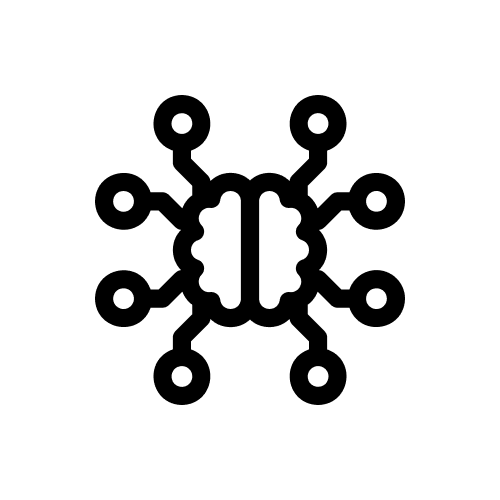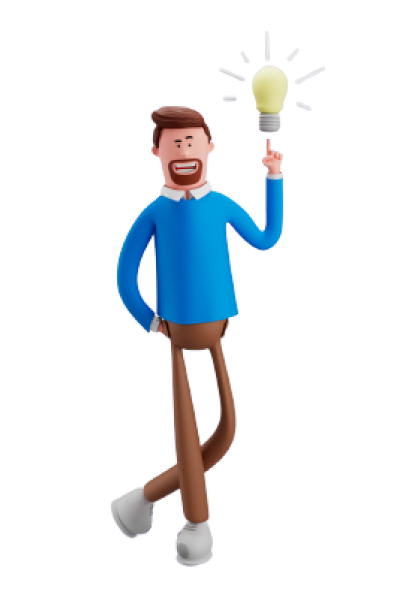Image Classification
For the purpose of identifying the objects in an image or video, image classification is a machine-learning task. It refers to image labeling services for machine learning that we use to identify the classes (or objects) that are present. When determining whether or not an image contains an object or abnormality, classification is helpful in determining a yes or no answer.
Object Recognition
Convolution Neural Network is the technique for object recognition that is most frequently employed (CNN). If the object is visible in the image, then its likelihood of output is high; otherwise, the likelihood of production for the other classes is either insignificant or low. In contrast to machine learning, the benefit of deep learning is that feature extraction from the data is not necessary.
Object Detection
To identify the items in an image or video and to pinpoint their locations, object detection combines classification and localization. It applies classification to distinct objects and makes use of bounding boxes.
Image Segmentation
In order to identify potentially important areas for additional processing, such as classification and object detection, image segmentation divides a picture into sections, each of which has its own specific shape and border. Highlighting foreground elements and making it simpler to evaluate them are the aims of image segmentation. Image annotation segmentation, as opposed to categorization and object detection, offers pixel-by-pixel information about an item.





















